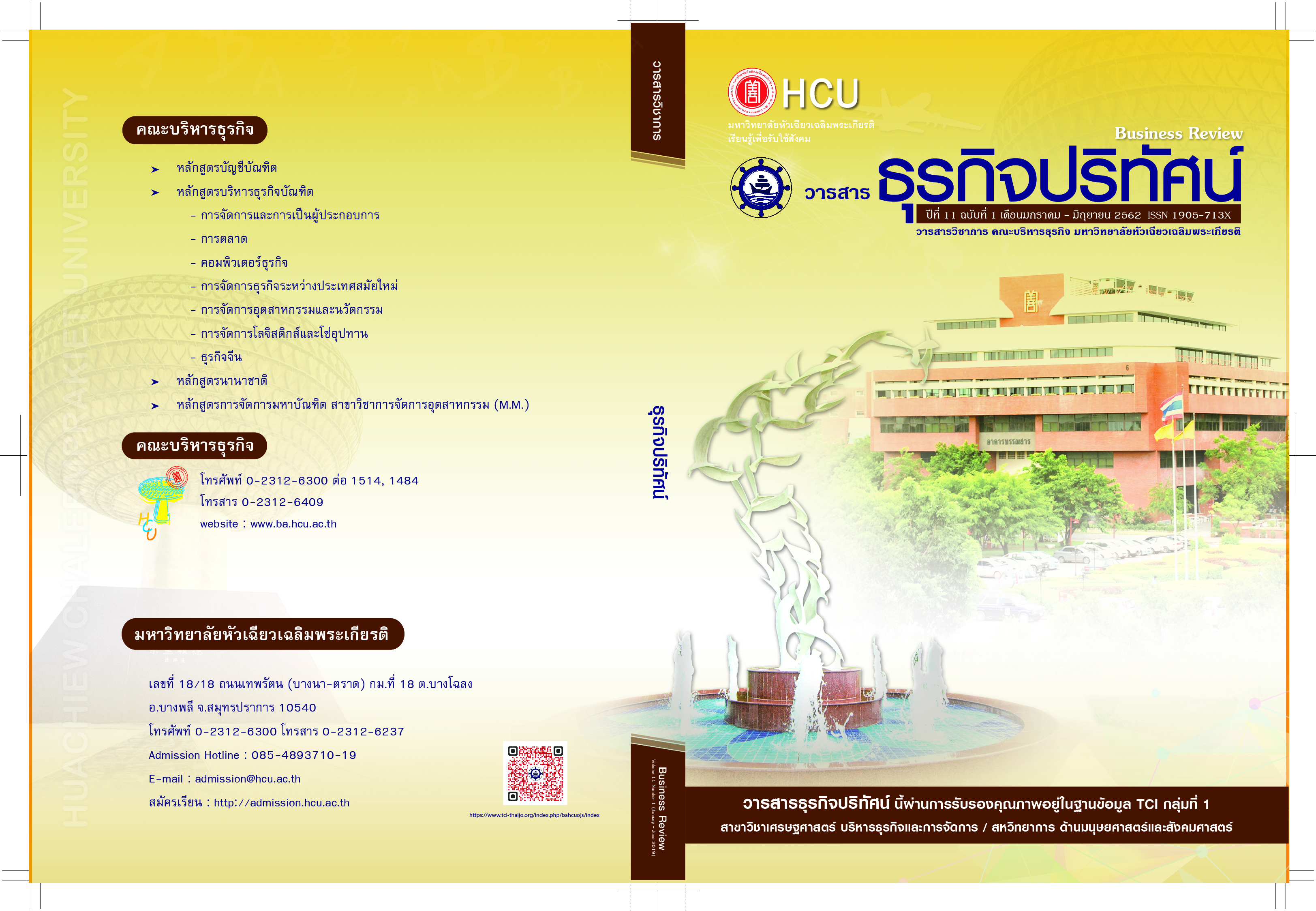Cloud Enterprise Resource Planning
Keywords:
Cloud Computing, ERP, Cloud ERP, Cloud Migration, Blockchain in Cloud ERPAbstract
This article presents an overview of cloud enterprise resource planning with an attempt to create an understanding of the systems to organization’s executives and information systems decision makers. The first section of the article covers an overview and scope of enterprise resource planning (ERP) as well as its advantages and disadvantages in order to point out the strengths and weaknesses of an on-premise ERP. The second part includes cloud computing concepts, cloud computing delivery models, cloud computing deployment models and ERP deployment models. This part intends to relate the cloud computing technology to ERP. The third part presents benefits and challenges of a cloud ERP comparing to an on-premise ERP. The last section of the article includes some additional issues regarding migration from on-premise to cloud ERP and blockchain in cloud ERP in order to illustrate the transition to cloud ERP as well as putting an emerging technology onto cloud ERP respectively.
References
รุ่งรัศมี บุญดาว. (2559). ระบบสารสนเทศเพื่อการจัดการธุรกิจในยุคดิจิทัล. นนทบุรี: ลัคกี้ บุ๊คส์.
สุรัตน์ ลีรัตนชัย. (2560). การจัดทำบัญชีด้วยโปรแกรม SAP Business One. กรุงเทพฯ: แดเน็กซ์อินเตอร์คอร์ปอเรชั่น.
Abd Elmonem, M. A., Nasr, E., & Geith, M. (2017). Benefits and Challenges of Cloud ERP Systems - A Systematic Literature Review. Future Computing and Informatics Journal, 1, 1-9.
Chandra, N., & Rastogi P. (2018). Analysis of Benefits and Drawbacks of Traditional ERP versus Cloud Based ERP Systems. International Journal of Latest Trends in Engineering and Technology, 9(4), 052-056.
Chen, C. S., Liang, W. Y., & Hsu, H. Y. (2015). A Cloud Computing Platform for ERP Applications. Applied Soft Computing, 27(2015), 127-136.
CIO World Magazine. (2018). คลาวด์ ERP คืออนาคตของธุรกิจการเงิน. Retrieved December 1, 2018, from CIO World&Business Website: https://www.cioworldmagazine.com/cloud-erp-future-of-financial/
DeCovny, S. (2018). Blockchain and IoT: Hot Technologies in the Cold Chain. Retrieved March 7, 2019, from Chain Business Insights Website: https://www.chainbusinessinsights.com/insights-blog/blockchain-and-iot-hot-technologies-in-the-cold-chain
Gartner Inc. (2018). Magic Quadrant for Cloud ERP for Product-Centric Midsize Enterprises.
Gupta, M. (2017). Blockchain for Dummies, IBM Limited Edition. NJ: John Wiley & Sons, Inc.
Johnson, V. (2018). Oracle Unveils Business-Ready Blockchain Applications. Retrieved March 6, 2019, from Oracle Website: https://www.oracle.com/corporate/pressrelease/oow18-oracle-blockchain-apps-cloud-102318.html
Laudon, K. C., & Laudon, J. P. (2016). Management Information Systems: Managing the Digital Firm. 14th ed. Essex: Pearson Education Limited.
Laurence, T. (2017). Blockchain for Dummies. NJ: John Wiley & Sons, Inc.
Meganathan, R., & Jeyanthi, P. (2016). Adopting Cloud ERP in Small and Medium Enterprises: Benefits and Challenges. International Journal on Recent and Innovation Trends in Computing and Communication, 4(11), 180-183.
Mell, P., & Grance, T. (2011). The NIST Definition of Cloud Computing. NIST Special Publication 800-145 Gaithersburg MD
Mratinkovic, A., Piestun, D., Fouda, H. S., Killings, F., Hajj, S. E., Parveen, F., Krunic, I., Pehcevski, J., & Nur, T. (2017). Enterprise Resource Planning. USA: 3G E-learning LLC.
Ociepa-Kubicka, A. (2017). Advantages of Using Enterprise Resource Planning Systems (ERP) in the Management Process. World Scientific News, 89(2017), 237-243.
Oracle. (2018). How to Cloud: A Five Step Guide for Successful Oracle ERP Cloud Projects. Retrieved March 5, 2019, from Oracle Website: https://www.oracle.com/a/ocom/docs/applications/erp/5-steps-for-successful-erp-cloud-projects.pdf?source=:ow:lp:pt::M2CLP&intcmp=:ow:lp:pt::M2CLP
&elqTrackId=90b154f087e643ad9e4dd4807d4100da&elqaid=78168&elqat=2
Oracle. (2019). What is ERP?. Retrieved January 11, 2019, from Oracle Website:
https://www.oracle.com/applications/erp/what-is-erp.html
Peng, G. C., & Gala C. J. (2014). Cloud ERP: a new dilemma to modern organisations?. Journal of computer information systems, 54(4), 22-30.
Saa, P., Costales, A. C., Moscoso-Zea, O., & Luján-Mora, S. (2017). Moving ERP Systems to the Cloud - Data Security Issues. Journal of Information Systems Engineering & Management, 2(4), 21.
SAP SE. (2017). Simplify and Optimize Complex Multi-Party Processes with Blockchain Technology. SAP Solution Brief – SAP Leonardo Blockchain, 1-7.
SAP SE. (2019). What is Blockchain?. Retrieved March 4, 2019, from SAP Website: https://www.sap.com/sea/products/leonardo/blockchain/what-is-blockchain.html
Singh, A., & Nagpal, S. (2014). Implementation of ERP in Cloud Computing. International Journal of Scientific & Technology Research, 3(10), 100-103.
Downloads
Published
How to Cite
Issue
Section
License
All articles published in the Business Administration and Management Journal Review are copyrighted by the journal.
The views and opinions expressed in each article are solely those of the individual authors and do not represent those of Huachiew Chalermprakiet University or any other faculty members. Each author is fully responsible for the content of their own article. Any errors or issues found are the sole responsibility of the respective author.




